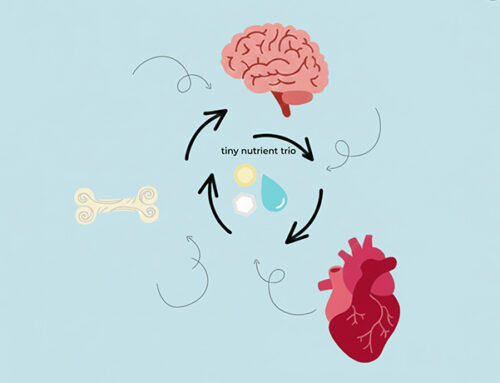Although some information of the human microbiome has been discovered, a large portion of it remains unknown. At the moment, we know that there the species in the microbiota are very diverse, however the diversity is mostly unexplained. Even in healthy individuals, the microbiota is largely variable as well.
The microorganisms within the gastrointestinal tract have relationships with certain physical factors. These include, but are not limited to, oxygen, moisture, pH, immunology, and interactions between microbes. While the microorganisms vary, certain relationships do exist. Lactobacillus varies inversely with Actinobacteria and Bacteroidetes. Most relationships are inverse associations with Bacteroides. It is believed that a break of this balance, or dysbiosis, may be associated with susceptibility to disease. This is likely due to how normal microorganisms can crowd out pathogens.
The Human Microbiome Project Consortium. (2012). Structure, Function and Diversity of the Healthy Human Microbiome. Nature, 486(7402), 207–214. http://doi.org/10.1038/nature11234




